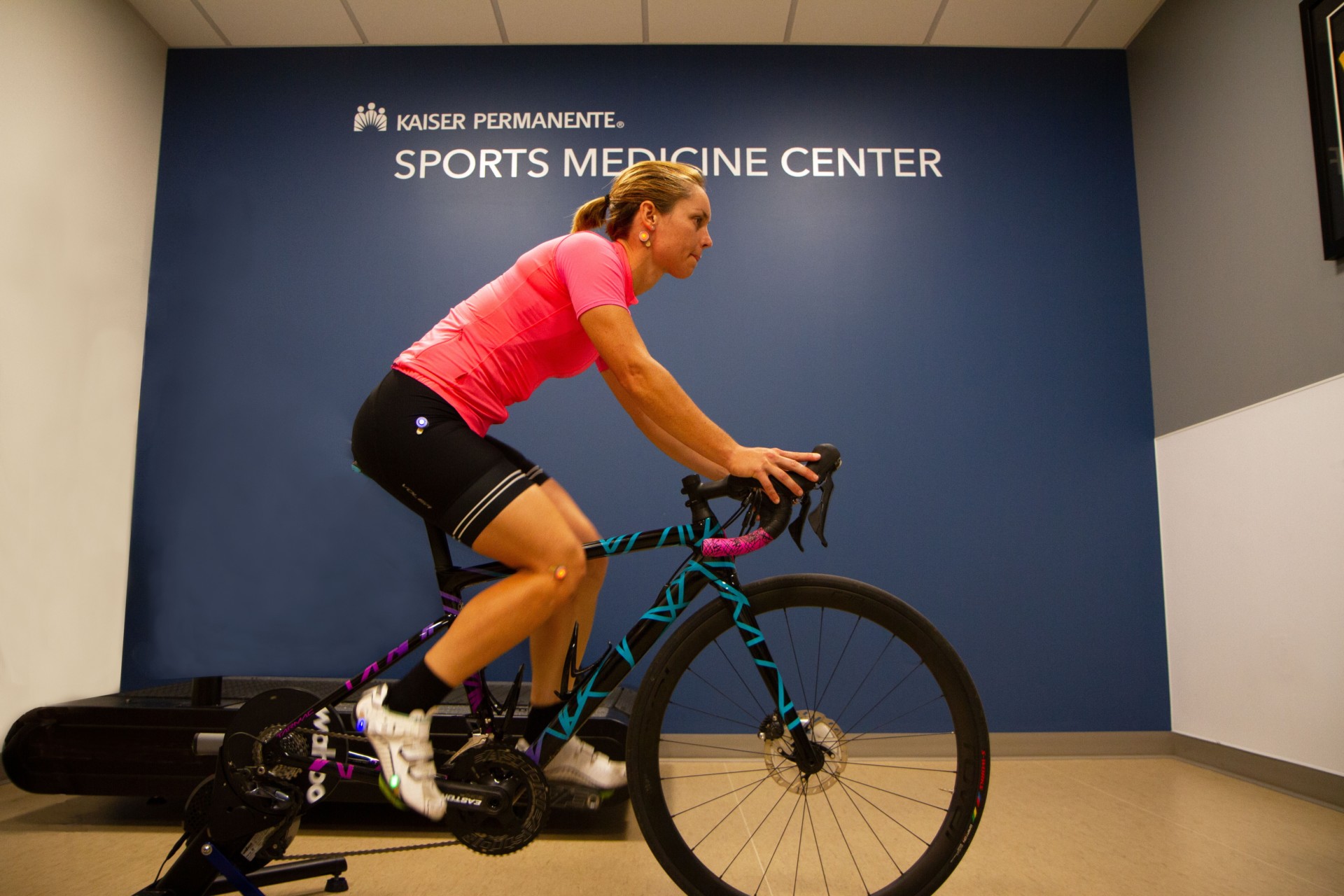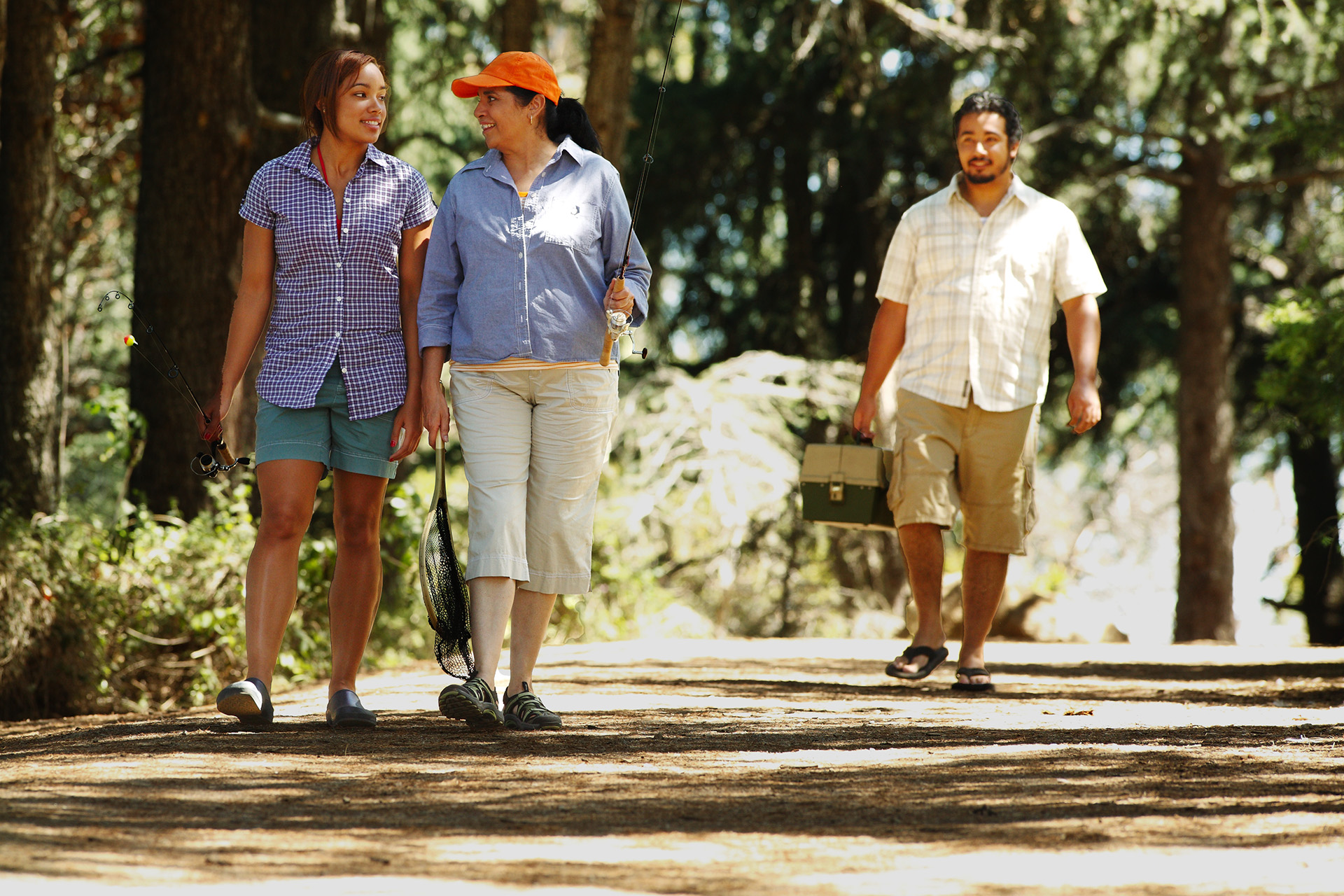Susan Joy, MD, co-director of Kaiser Permanente’s Sports Medicine Center in Sacramento, said many of her patients have felt unmotivated after their normal fitness routines were upended. Her advice: It’s OK to give yourself a break but getting up and moving again is vital to fighting off mental and physical health ailments.
“Exercise is extremely important to help manage depression and anxiety,” she said. “It’s a great way to release stress and change our neurological chemicals to modulate mood.”
Exercise is also proven to help reduce the signs and symptoms of chronic conditions, such as arthritis, back pain, heart disease, and diabetes. If a pill could provide the same benefits as exercise, Dr. Joy said, everyone would take it. She breaks down ways to incorporate and prioritize exercise when fitness facilities are closed.
“Exercise is extremely important to help manage depression and anxiety.”
Get Moving
Movement throughout the day is crucial. Since sitting for prolonged periods of time can have negative health effects, it’s equally important to move throughout the day and to practice exercise that challenges your muscles.
“It’s as simple as getting up and walking 10 minutes every hour,” she explained. “Walk around while you’re on the phone, take a stretch break, or park your car farther from the store entrance.”
She recommends working up to the goal of about 10,000 to 15,000 steps a day, through longer daily walks, though all steps count.
Mix It Up
Practice a variety of exercises to help work multiple muscle groups and prevent boredom. Aim for 3 to 5 cardio and 2 strength training sessions weekly.
Effective cardio options are walking, biking, or at-home 15-minute intervals of jump rope, high knees, or jumping jacks, for example.
Since we lose about 10% muscle mass every decade, Dr. Joy explained, strength training is key. Examples include weightlifting, Pilates, or exercise that utilizes your own body weight for 20 to 30 minutes. Don’t have weights? Get creative and use things around the house like soup cans.
“It’s as simple as getting up and walking 10 minutes every hour.”
If your family is at home, get them involved. Take hikes or try fun online workouts together. Dive into Kaiser Permanente’s ClassPass offering thousands of workout options.
Stick It On the Calendar
Stress makes it tempting to watch hours of Netflix or just flop after work. But consistency is key to making fitness a lifestyle. Calendar your activities in advance and stick with the same time and days.
“Set an alarm and treat your workouts the same way you would a meeting or appointment that you need to be at,” Dr. Joy said.
Listen to your body and take breaks. But don’t skip multiple workouts in a row, which can be demotivating.
Don’t Forget Ergonomics
Make sure to have an ergonomically sound working environment to prevent injury and aches and pains, which can make it difficult to exercise. A stand/sit desk is a great way to inspire movement throughout your workday.





This Post Has 5 Comments
Nice job!!
Thanks for enjoyable, accessible article. I jotted down a few ideas and opened up the suggested link to ClassPass. That’s a good amount of return for one short read. Thanks again for you article Dr. Joy
I started working out in June. I work out 5 days a week for about 45 minutes. I say this saved me because I was on the road to depression and probably obesity.
I weighed 144 pounds, and now I weigh 130. My goal is to be 125 by my 55th birthday coming up in October. Working out daily starts your day in a positive and better mood. I totally agree with working out, even if it’s just doing a quick walk around the block. Saves your emotional and physical self.
Great job, Leonor!
The topic on fitness was excellent. The suggestions are easy to manage. It is wonderful to have access to these healthy reminders and tips.